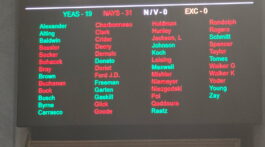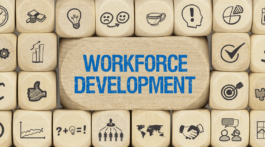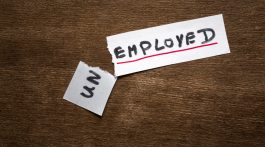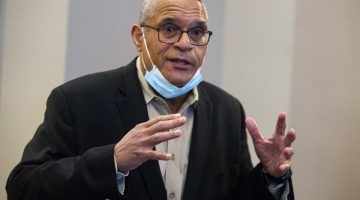By Kevin Brinegar, Indiana Chamber of Commerce president and CEO
Improving K-12 outcomes for students of all races and income levels and greatly elevating the postsecondary attainment levels of Indiana’s adult workforce are the most significant challenges facing our state.
In the race to develop and establish a well-skilled, well-educated workforce for the jobs of today and tomorrow, Indiana is behind its competitor states. Currently, there are literally twice as many job openings in Indiana as there are jobseekers. And our workforce participation rate remains lower than before the pandemic.
Let’s break down Indiana’s unemployment and workforce participation rates by education level. Note that our current overall unemployment rate is 2.2%.
Unemployment Rate by Educational Attainment
Bachelor’s degree or higher 0.9%
Some college or associates degree 3.0%
High school diploma 4.6%
Less than high school diploma 7.2%
Workforce Participation Rate by Education Attainment
Bachelor’s degree or higher 72.4%
Some college or associates degree 62.8%
High school diploma 54.3%
Less than high school diploma 39.4%
The concerning data suggests that one of the very best ways to improve our overall workforce participation rate and fill the open jobs we have is to concentrate our policy focus and state resources on improving the educational outcomes and skills of those at the bottom end of the educational attainment scale.
These metrics demonstrate what I contend is the biggest challenge facing our state – that we have a massively leaking talent pipeline.
The 2021 ILEARN assessment results play into this as well and offer more sobering data: Math and English proficiency for all students statewide (grades three through eight) was only at 28.6%, with scores for Black students at 8.1%, Hispanic students at 15.6% and White students at 34.7%.
Jumping ahead to college enrollment, a contributing factor to our low (and declining) rate is that we have one of the lowest Free Application For Student Aid (FAFSA) filing rates in the country. The Indiana Chamber has been the leader in the effort to make filling out the FAFSA form a requirement for high school graduation; with the 2022 legislative session, FAFSA is now the default expectation.
Another area of much needed improvement is with Indiana’s 21st Century Scholars program, which provides free college tuition for low-income students who graduate from high school and who have completed a short list of preparatory activities. Sadly, the utilization rate is shockingly low – under 40% – and only 7% of the sample freshman class is on track to earn the scholarship.
If we do nothing else as a state, we must see that these eligible students – both from urban counties and in rural Indiana – receive the assistance and guidance they need to successfully take advantage of this tremendous and generous opportunity provided to them by the state.
The Indiana Chamber is seeking to frame this important conversation and push for transformative actions that will have the most impact. Specifically, this summer our organization is developing a workforce policy priority list for the General Assembly and Governor, which also will be shared publicly once finalized.
Bold action is needed to repair our leaking talent pipeline and lift up the educational attainment and workforce skills of our citizenry. That’s the only way Indiana is going to reach its economic potential and compete effectively in this talent-driven economy.














